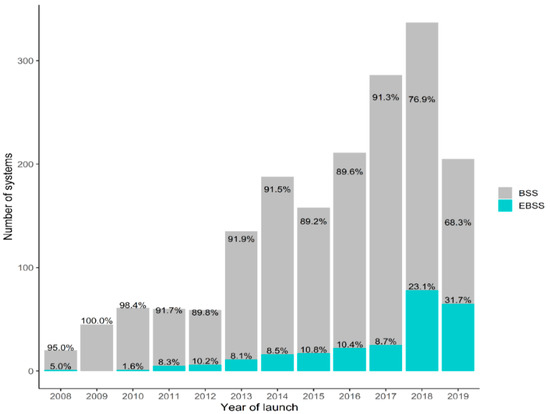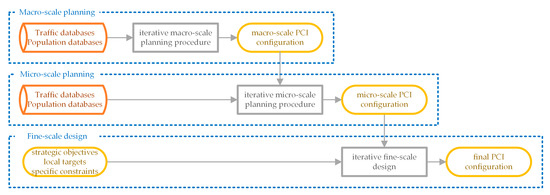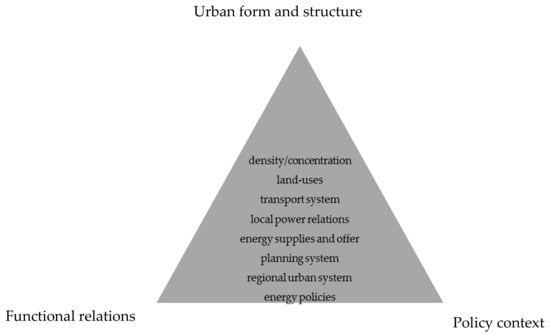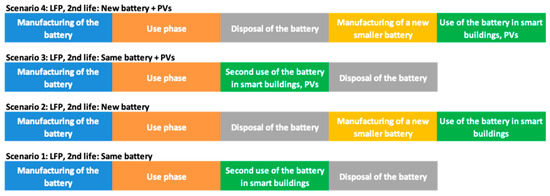Urban Energy Management and Sustainable Transportation
A topical collection in Sustainability (ISSN 2071-1050). This collection belongs to the section "Sustainable Urban and Rural Development".
Submission Status: Closed | Viewed by 43477Editors
Interests: intelligent energy/transport systems; sustainable mobility; autonomous vehicles; system integration; smart cities
Special Issues, Collections and Topics in MDPI journals
Interests: multidisciplinary research and development aspects in the field of energy covering scientific; technological; societal; legislative; and economic aspects
Special Issues, Collections and Topics in MDPI journals
Topical Collection Information
Dear Colleagues,
Today’s urban energy and transportation infrastructure is undergoing substantial changes in an attempt to make more efficient energy use, increase the share of renewable energy sources, decentralize energy production, incorporate thermal energy storage technologies, as well as electrify and even fully automate the transportation sector. On the one hand, the electricity, heat and fuel markets are becoming unified, while on the other hand, the share of urban transport in global energy use and carbon emissions is increasing, with environmental and spatial consequences. Integrating and managing transportation within sustainable mobility solutions requires proposals to consider new transportation modes and effective spatial planning. At the same time, the advances in digitalization and communication technologies provide new ways to monitor, automate and manage/control the usage of resources in urban energy and transportation systems. These changes are posing many questions: What will our urban energy and transport infrastructure look like in the future? How will demand for new energy and transportation systems change? To what extent will buildings, new mobility systems, district energy systems and decentralized sustainable energy generation interact while going forward?
This Topical Collection will focus on urban energy management and sustainable transportation systems, with emphasis on bottom-up approaches that consider local renewable sources and storage systems in a flexible micro-grid environment, under the presence or absence of smart mobility, applied in different buildings that as a whole have the characteristic to be identified as Net-Zero Energy Buildings. The new methods of modeling and systems characterization will be further lifted to a larger scale consisting of multiple buildings under an urban scenario where different forms of transportation interact and communicate with the integrated system, thus creating the so-called Multi-level System-of-Systems approach (MLSoS).
Prof. Dr. Christos S Ioakimidis
Prof. Dr. Marc Frere
Dr. Konstantinos Genikomsakis
Collection Editors
Manuscript Submission Information
Manuscripts should be submitted online at www.mdpi.com by registering and logging in to this website. Once you are registered, click here to go to the submission form. Manuscripts can be submitted until the deadline. All submissions that pass pre-check are peer-reviewed. Accepted papers will be published continuously in the journal (as soon as accepted) and will be listed together on the collection website. Research articles, review articles as well as short communications are invited. For planned papers, a title and short abstract (about 100 words) can be sent to the Editorial Office for announcement on this website.
Submitted manuscripts should not have been published previously, nor be under consideration for publication elsewhere (except conference proceedings papers). All manuscripts are thoroughly refereed through a single-blind peer-review process. A guide for authors and other relevant information for submission of manuscripts is available on the Instructions for Authors page. Sustainability is an international peer-reviewed open access semimonthly journal published by MDPI.
Please visit the Instructions for Authors page before submitting a manuscript. The Article Processing Charge (APC) for publication in this open access journal is 2400 CHF (Swiss Francs). Submitted papers should be well formatted and use good English. Authors may use MDPI's English editing service prior to publication or during author revisions.
Keywords
- Electrification of the heat demand in buildings
- Modeling and simulation of building energy storage and heat pump systems
- Heating and cooling technologies for district heating
- Electric, autonomous and sharing mobility
- Transportation and air quality
- Distributed generation, micro-grids, smart grids
- Multi-energy systems
- Urban management systems and urban big data mining
- Sustainable social-ecological systems
- Analytics, cloud computing, open source technologies












